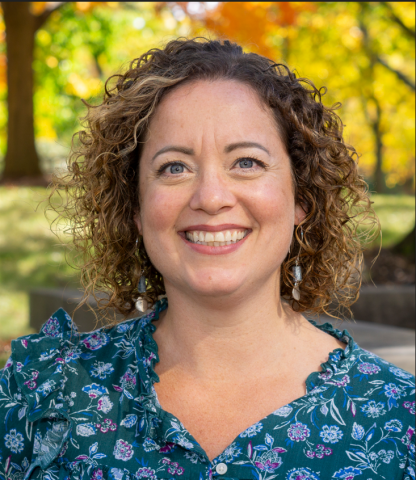Image
Carmen Pitz
As the Assistant Director for Study Abroad Advising in International Academic Programs (IAP) at the University of Wisconsin-Madison, Carmen serves as the study abroad advisor for a small portfolio of faculty led programs including the Global Gateway Initiative, and the Summer and Global Launch
Read More

